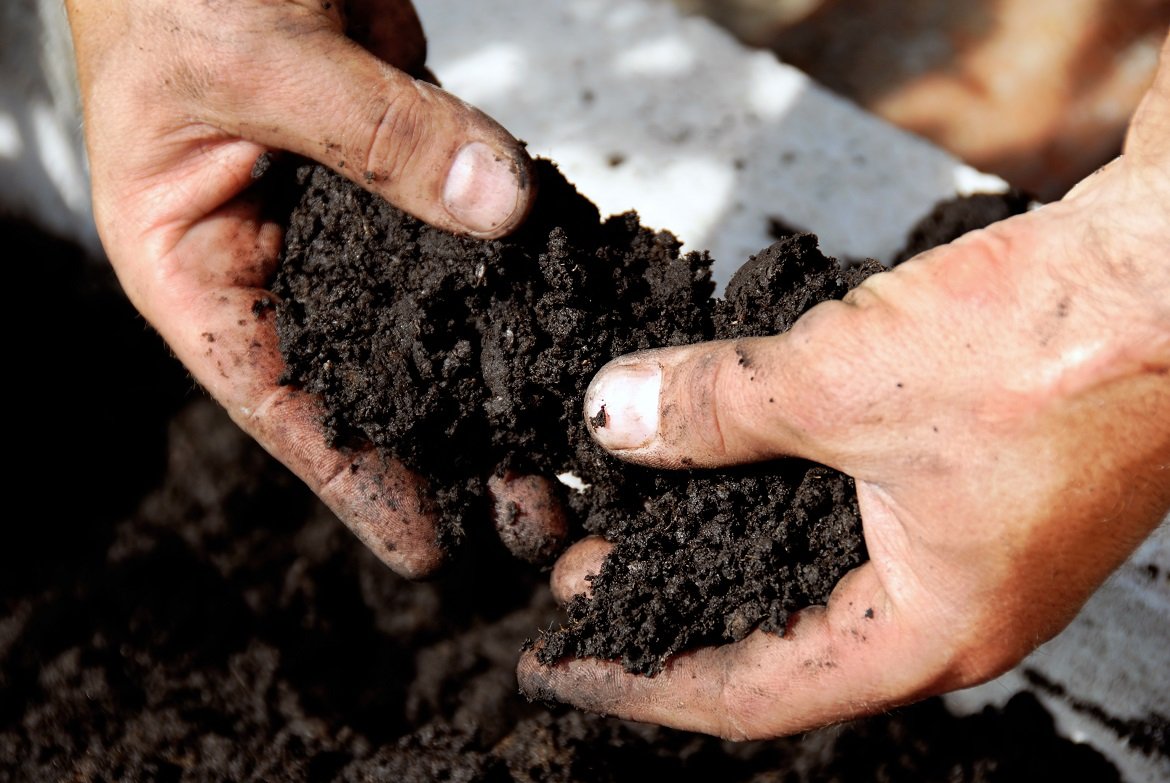Soil Fertilization: Nurturing the Foundation of Plant Life
Soil Fertilization plays a vital role in our lives, acting as the foundation for all terrestrial plant life. It provides not only physical support but also essential nutrients that plants need to thrive. Soil fertility, therefore, becomes crucial for sustaining healthy ecosystems and ensuring optimal agricultural productivity. In simple terms, soil fertility refers to the soil’s ability to provide the necessary nutrients, water, and physical structure for healthy plant growth over time.
This article delves deep into the world of soil fertilization, exploring its purpose, methods, and potential impact on plants and the environment.
Understanding the Importance of Soil Fertilization
Healthy plant growth requires a delicate balance of various factors. While sunlight, water, and temperature play critical roles, neglecting soil fertility can severely hinder even the most vigorous plants. Here’s why soil fertility is so important:
- Nutrient Supply: Plants rely on specific nutrients, such as nitrogen, phosphorus, potassium, calcium, and magnesium, for various functions like growth, photosynthesis, and disease resistance. Fertile soil ensures a consistent and readily available supply of these vital elements, allowing plants to flourish.
- Improved Water Retention: Well-fertilized soil often has better water-holding capacity. This means it can absorb and retain water more effectively, making it available to plants even during dry periods and reducing the need for excessive irrigation.
- Enhanced Soil Structure: Fertilization can improve soil structure, creating a more porous and well-aerated environment. This allows for better root development, gas exchange, and infiltration of water through the soil profile.
- Increased Microbial Activity: Fertile soil teems with beneficial microorganisms, forming the foundation of a healthy ecosystem. These microbes decompose organic matter, releasing essential nutrients and promoting overall soil health.
Exploring the Methods of Soil Fertilization
Maintaining and improving soil fertility involves various techniques, each with its advantages and considerations:
1. Organic Fertilizers:
- Origin: Derived from naturally occurring materials like compost, manure, and plant residues.
- Benefits: Slowly release nutrients over time, improve soil structure and drainage, and promote microbial activity.
- Considerations: May require longer decomposition time to release nutrients, and consistency and availability can vary.
2. Inorganic Fertilizers:
- Origin: Manufactured fertilizers containing concentrated forms of essential plant nutrients.
- Benefits: Provide readily available nutrients for quick plant response, often readily available in specific formulations for different needs.
- Considerations: Can be expensive, overuse can lead to nutrient leaching and potential environmental contamination, and may not contribute to long-term soil health.
3. Cover Crops:
- Method: Planting specific crops like legumes between planting cycles of main crops.
- Benefits: Fix nitrogen from the atmosphere, add organic matter to the soil, suppress weeds, and improve soil structure and drainage.
- Considerations: Requires planning and additional labor to manage cover crops effectively.
4. Crop Rotation Soil Fertilization:
- Method: Planting different crops in a sequence on the same land over time.
- Benefits: Helps prevent nutrient depletion and disease buildup specific to particular crops, diversifies soil microbial communities, and maintains soil health.
- Considerations: Requires careful planning and may not be feasible for all agricultural systems.
5. Composting Soil Fertilization:
- Method: Converting organic waste materials into nutrient-rich compost.
- Benefits: Recycles organic waste, creates a valuable source of organic fertilizer, and improves soil health.
- Considerations: Requires space, management, and time for proper decomposition.
6. Soil Testing Soil Fertilization:
- Method: Analyzing soil samples to determine nutrient levels and pH.
- Benefits: Guides informed fertilization practices and avoids unnecessary application of nutrients, saving resources and minimizing environmental impact.
- Considerations: Requires professional expertise or specialized equipment for accurate testing.
7. Integrated Nutrient Management (INM):
- Approach: Combining different fertilization methods for a holistic approach.
- Benefits: Aims to provide optimal nutrient supply for plants while promoting long-term soil health and minimizing environmental impact.
- Considerations: Requires a thorough understanding of soil conditions, crop needs, and the interactions between different management practices.
Navigating the Challenges of Soil Fertilization
While fertilization plays a crucial role in maintaining soil fertility, it’s essential to be aware of potential challenges and adopt responsible practices:
- Overfertilization: Applying excessive amounts of fertilizers can lead to nutrient leaching into waterways, causing algal blooms and disrupting aquatic ecosystems.
- Imbalance of Nutrients: Applying incorrect fertilizer formulations can lead to an imbalance of nutrients in the soil, negatively impacting plant growth and soil health.
- Impact on Soil Microbes: Excessive use of inorganic fertilizers can harm beneficial soil microbes, hindering their vital role in nutrient cycling and overall soil health.




